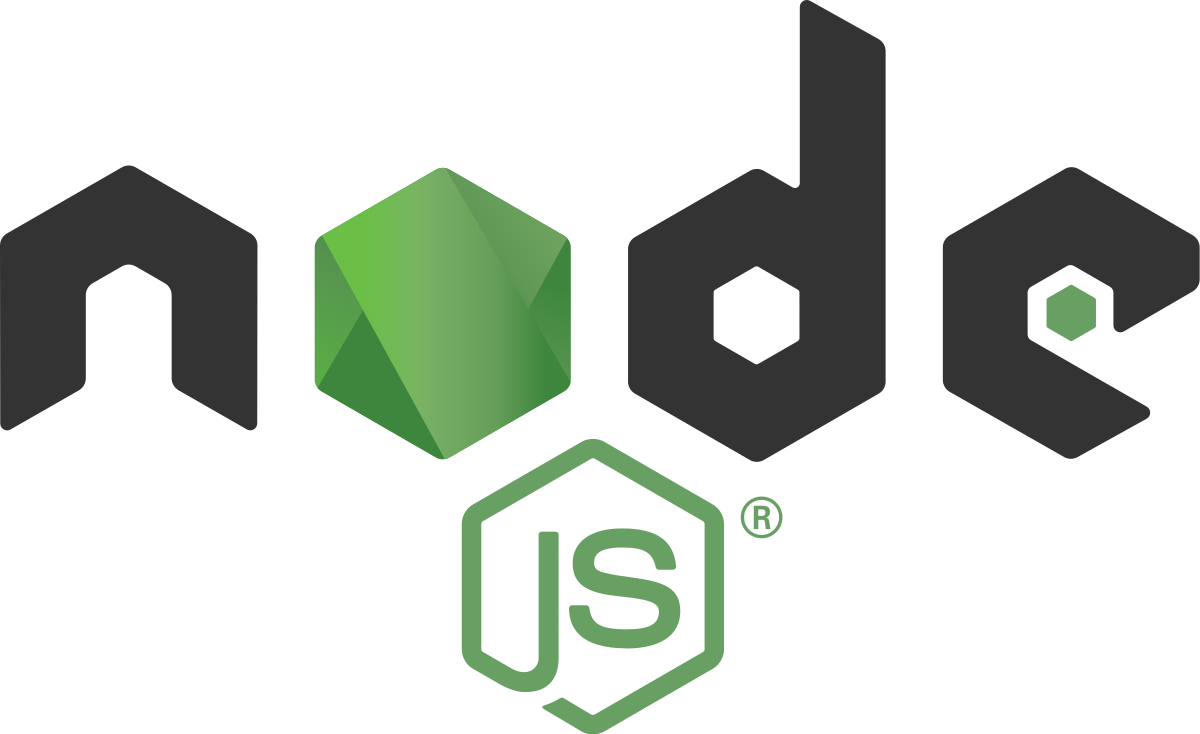2018 Node.js User Survey- A Brief Review

If you are an eminent developer, using Node.js for building front-end code of web apps wouldn’t be a revelation to you, but a boundless topic. Node.js, being one of the most outstanding event-driven software platforms, allows the developers to write and implement the code on server-side i.e. straight in a browser on an owned computer, which helps in getting the whole process done quickly and efficiently.

However, for newcomers
What is Node.js?
To put is it simply, Node.js is a run-time environment. It’s basically built on Chrome’s V8 open-source JavaScript to develop web, network, mobile, and IoT applications.
It forms a pattern where single-threaded event loop runs multiple operations on multiple browsers. This provides not only a fast and systemic way for script writing but also highly scalable applications.
If you need any validation on exactly how huge it is; almost 1 lac web applications are based on Node.js, including our all-time favorites -Netflix, PayPal, LinkedIn, eBay, and many others.
Key Points of “2018 Node.js User Survey”
The node foundation, just like every year, released an annual survey a few months back -to assess the customer satisfaction, to identify areas of improvement, and to gauge the software usage and the understanding of Node related technologies. This detailed survey was conducted through 4 months and succeeded to accumulate more than 1,600 responds from 100+ countries.

To save you the trouble of going through all the five pages, we are here to present a brief review of this not-so-brief survey,
-
Most of the Node.js developers are self-taught
An interesting question is; how and where did the Node users learn the coding?
For most, it seems online courses -with absolutely no instructor- is the best method. Moreover, most of them learned Node.js in the English language -as mostly do- howbeit, the most appreciable fact is that half of them were not even native English speakers. Though, they claimed the whole learning process to be quite easy. Many respondents also had no answer, which hints at their formal education background.
In the resources used for learning, documentation and stack overflow top the list.
-
Node.js and Web Apps go hand in hand
For the type of development work that most of the users delve in, no doubt web applications are on the forefront. 85% of developers are building web apps, particularly those who deal with frontend and full stack coding. Enterprise is also a notable category that users spend time on. However, node.js is used by not even 1% of developers for automation tools, games, and mobile apps, which clearly shows their less demand in these fields.
-
Primary development focus lies with full stack and back-end
Most of the Node.js users -39% to be exact- work with full stack development, leaving back-end building not far behind with 37%. It’s like 3 out 4 users are focusing on these domains. Not much of a surprise though, as node.js can reuse or share the code between front-end and back-end of applications.
-
AWS is the primary place for code deployment
An interesting question to assess the overall usability is where the code is deployed? The primary place, being categorized in production and development has two major areas. AWS (Amazon Web Services) take the first place with 32% while it seems to still be growing in the development field. On-premise infrastructure is still widely and mostly used in development, however, in production, it’s dropped to 21% in comparison from last year. Others like Heroku and Digital Ocean appears to have the same popularity in both fields.
-
JavaScript and Python are still going strong

When asked which languages developers use alongside Node.js, the answer was not at all surprising. JavaScript was the ultimate answer with a 93% positive response. Python, Java, and PHP are also popular with almost equal in usage.
Though, the interesting part begins with Go and Swift, which made it to the top 10. Moreover, Go is also expected to be the most hyped up language in the next 12 months with 71% growth, including Rust which is expected to rise to 90% usage.
-
Databases are on the forefront in “the most tools/technologies used”
The most commonly used tools and technologies by developers are Databases, Frontend frameworks, and Node.js frameworks. Although full stack and back-end developers seem to juggle between different tools -databases are a clear win with 96% usage.
The most intriguing revelations were from specific tool though. In frontend frameworks, React is more widely used than Angular. Furthermore, even with all the hype surrounding Kubernetes, Docker has left it to roll in the dirt with a real margin, in cloud-native.
-
Node.js wins in Productivity and Customer Satisfaction
Node.js increases business output, and that’s not a new thing. However, for exactly how it impacts business is another question!
According to the most, it increases the developers’ productivity and customer satisfaction, which in turn positively influence the business. It also seems to lessen development cost and enhance application performance.
Every good survey ends with expectations, and developers didn’t disappoint here too. They expect Node.js growth to increase by a whole of 75%. If it would, that will definitely for the best!

